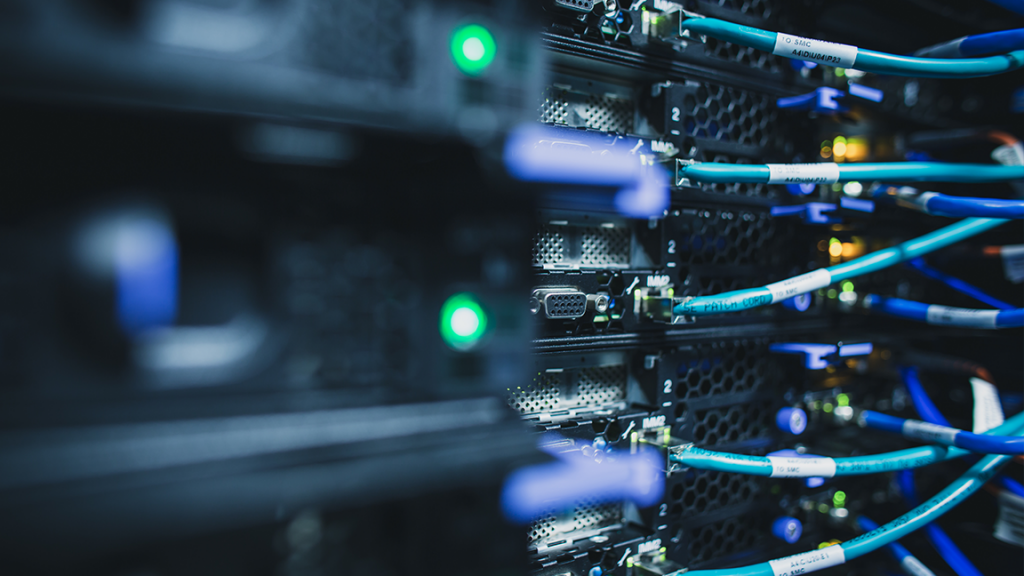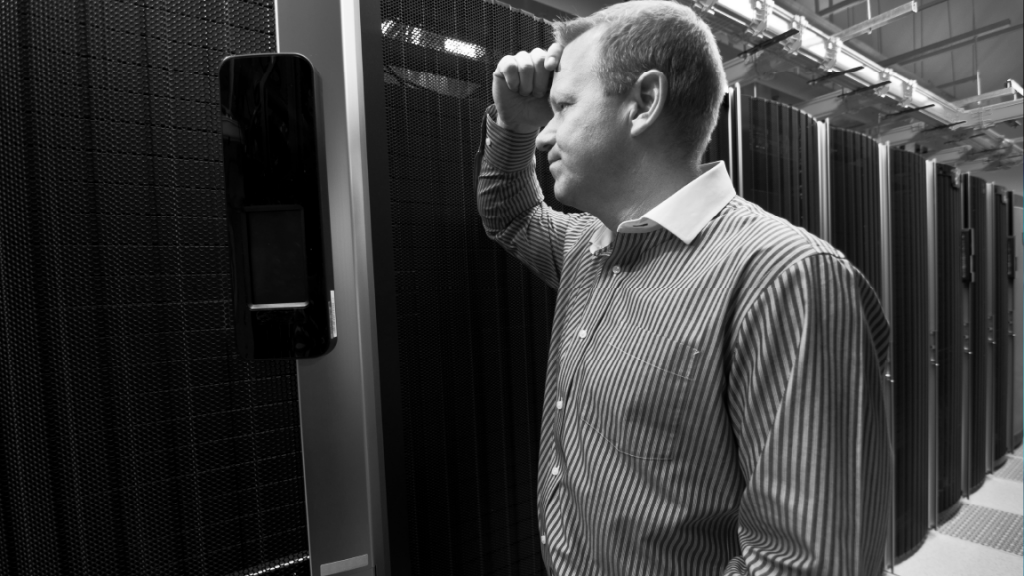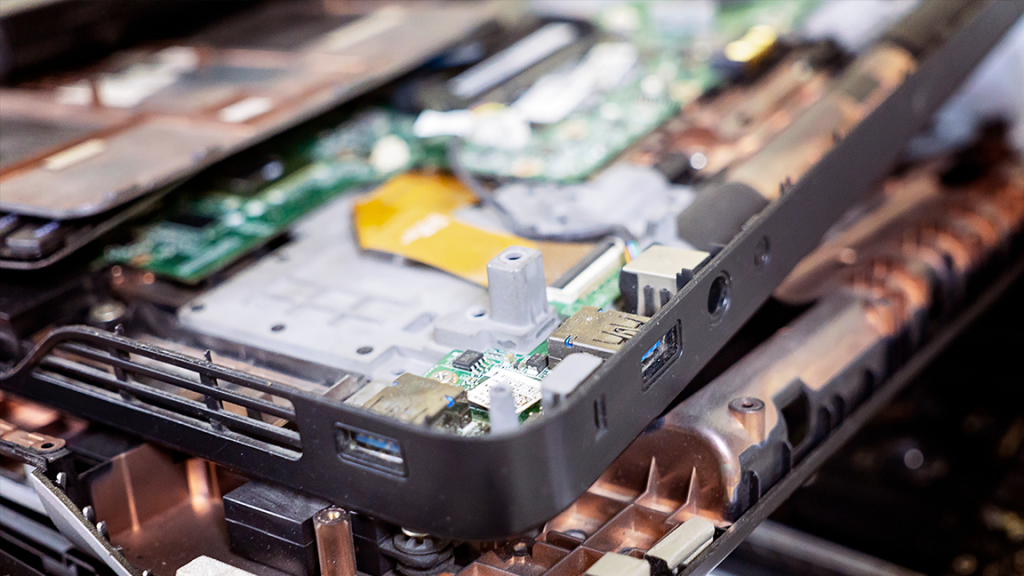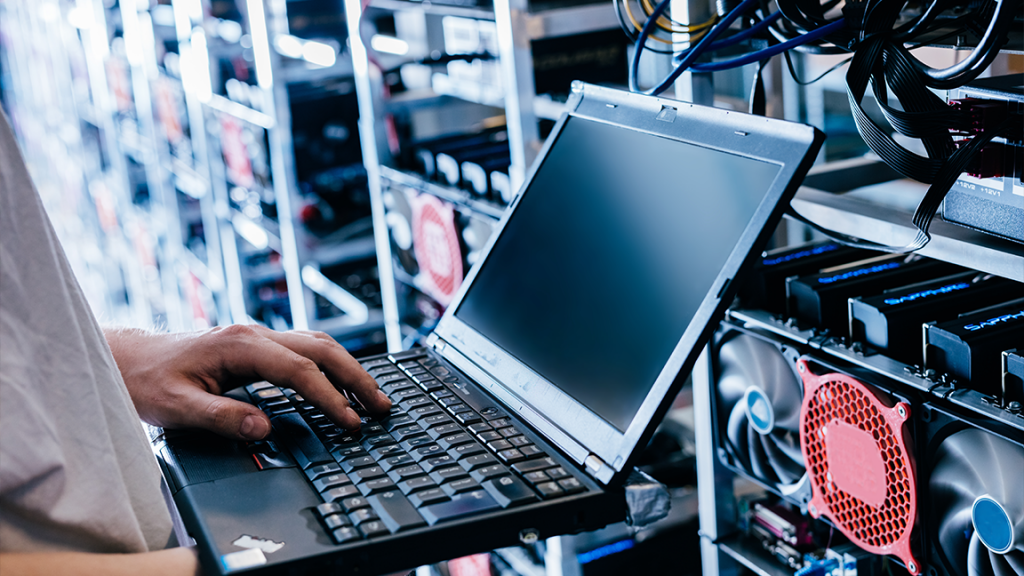The IT and critical infrastructure deployed in the data center will drive the business and performance going forward. But technology, on its own, is not enough. Enterprises must ask themselves do they have what they need for maintenance? There are seven aspects that an enterprise should consider:
A KNOWLEDGEABLE AND EXPERT STAFF
To maintain an enterprise at the optimal level knowledgeable and expert staff is required. A major challenge facing enterprises across industries is a lack of skilled and experienced IT staff. A 2021 Uptime Institute report found that 47 percent of enterprises are having difficulty finding candidates for open roles, while a further 32 percent are having difficulty retaining the staff they currently have. This issue is expected to worsen as predictions that global data center staffing requirements will grow from 1.97 million in 2019 to more than 2.3 million by 2025. A shortage of skilled talent will impact not only enterprises but their ability to maintain projects. Working with Sphaera will reduce the burden on internal IT staff, permitting enterprises to access a pool of experts with the specialized knowledge needed for maintaining and staffing a project.
DOCUMENTATION
Documentation may be considered tiresome and tedious but it is vital to maintaining a project. A lack of accurate, up-to-date records can quickly disrupt a project and cause chaos resulting in significant issues or unplanned downtime.
Data centers are highly complex environments with a wide range of interdependencies. Without proper documentation, IT staff are forced to trace cables and figure out what is being supported by each piece of equipment, increasing the risk that a critical application or workload is disrupted in the process. Productivity is hurt due to poor management of information and documentation.
SCALABILITY
The ability to scale up or down in response to demand is vital to ensuring the initial investment in infrastructure achieves a positive return over the life of the facility.
Performance metrics can include latency, productivity, availability, and capacity.
Other important metrics are related to sustainability and energy usage. Power usage effectiveness (PUE) is a common efficiency metric used by 73 percent of enterprises to measure the amount of power needed to run the IT equipment against the total amount of power entering the data center. KPMG has also found that 80 percent of companies worldwide report on sustainability. With the data center using so much energy, any reductions can demonstrate a commitment to the environment.
RELIABILITY
While outages at data centers have decreased from 78% to 60% in the last two years there are signs that outages have become more costly. Nearly half of all outages were classified as significant or severe, meaning there were major financial, reputational, or other consequences such as loss of customers and potential for fines or regulatory penalties.
PHYSICAL SECURITY
Data centers often store highly sensitive information and mission-critical infrastructure – making them attractive targets for malicious attacks. Physical security in and around the facility needs to be sufficient to protect the organization.
Physical security requirements will vary depending on the sensitivity of the data and the industry the business operates within. Enterprises should determine physical security requirements and pay attention as they consider the facility. Are there access control systems, 24/7 staffing, surveillance and monitoring, biometric readers, physical barriers? If this is a shared facility, such as colocation data centers that serve multiple clients, are they requiring an escort to access the site?
In addition to security threats, enterprises should also be aware of environmental risks such as fire, temperature, humidity, and water. Considering what systems the facility in place to suppress and mitigate these physical threats will keep things running smoothly.
MAINTENANCE PROVIDERS AND SUPPORT SERVICES
Most data center providers offer some level of support services. However, enterprises must determine how much service they can expect to receive. There are many examples of enterprises believing they are protected by “Remote Hands” or similar services only to find out that they are not covered when something goes wrong.
Be sure to carefully evaluate the level of service provided, including the response times and escalation process, and determine if the provider’s team is made up of on-site employees or third-party contractors. If the on-site support is insufficient, Sphaera is a IT services partner that can deliver comprehensive and responsive support.
AN OPTIMAL GEOGRAPHIC LOCATION
Where the data center is physically located determines how easy it is to access in case of maintenance, repairs, or upgrades. Geographic Location also affects environmental risks, such as severe storms, earthquakes, fires, and other natural disasters that all pose a threat to the data center.
Enterprises must ensure there is access to reliable and redundant infrastructure, including power, cooling, and connectivity. For example, enterprises may believe they have redundancy by having two connectivity providers, but if both use the same cable, they will both go down if that cable is damaged.
SUMMARY
Ensuring you have what you need in a data center is paramount for your success, as it is known that data centers have a lifespan of 10-15 years. Knowing your needs including: staffing, documentation, scalability, reliability, physical security, ongoing support, and an optimal geographic location will set your company up for reduced costs, easier maintenance, greater reliability, and better performance.




